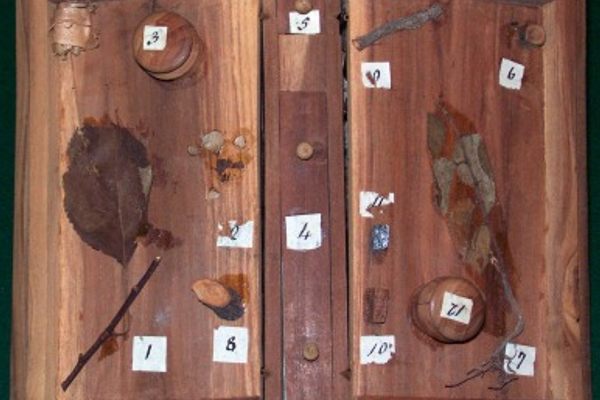Bagni Wildbad
Crumbling ruins of the thermal baths that once attracted royals and aristocrats from throughout Europe.
The assassination of Archduke Franz Ferdinand in 1914 propelled the world into a war the likes of which had never been seen before. The repercussions of World War I were felt all over Europe, including in the depths of the Sesto Dolomites natural park in the Italian Alps. The Grand Hotel Wildbad, which was built around the park’s famous thermal baths of San Candido, went into decline as the number of guests dwindled during wartime.
The five thermal springs, or Bagni, were first mentioned in documents in 1586, but coins and ruins dating back to the era of the Illyrians and the Roman have been found at the site, indicating that the healing power of the water from the springs was well known as early as the first century.
In the 16th century, the baths were run by Benedictine monks who were settled in the region, and the water was thought to be holy. Over the following centuries stories of the magic waters spread far and wide, and in the 1850s the property surrounding the springs was purchased by a Hungarian physician named Dr Johann Schreiber.
An 1869 scientific analysis of the spring water found it was rich in minerals and was far better in quality than other baths in the region. Schreiber built a sanatorium that rapidly became popular, and after several expansions was finally transformed into the Grand Hotel Wildbad.
The luxurious hotel became the meeting point of the Prussian and Austrian monarchy, and other members of the European nobility. Emperor Frederick III, Emperor Franz Joseph I of Austria and the heir to the throne Archduke Franz Ferdinand of Austria visited the hotel, to experience the thermal baths. One of the springs was even named the “Emperor” after these royal connections.
After the onset of World War I, the hotel was used as a base by the Austrian military command. After the split of South Tyrol from Austria it became increasingly difficult for former customers to reach the thermal baths. The establishment was auctioned off in 1930s, but abandoned over time, and all that remains are the crumbling shells of the hotel’s buildings. Despite its poor condition now, the ruins still give us an idea of the glorious period when the aristocracy and nobility flocked to this sought-after vacation spot.
Know Before You Go
San Candido Thermal Baths are accessible only by foot from San Candido town towards Sesto town. Alternatively it’s possible to get there by using the chairlift until Monte Baranci Hut and then going downhill. In both cases the path is not difficult or too tiring, and it’s accessible in all seasons; it is closed only if the snow prevents a safe walk.
Community Contributors
Added by
Edited by
Plan Your Trip
The Atlas Obscura Podcast is Back!




















Follow us on Twitter to get the latest on the world's hidden wonders.
Like us on Facebook to get the latest on the world's hidden wonders.
Follow us on Twitter Like us on Facebook